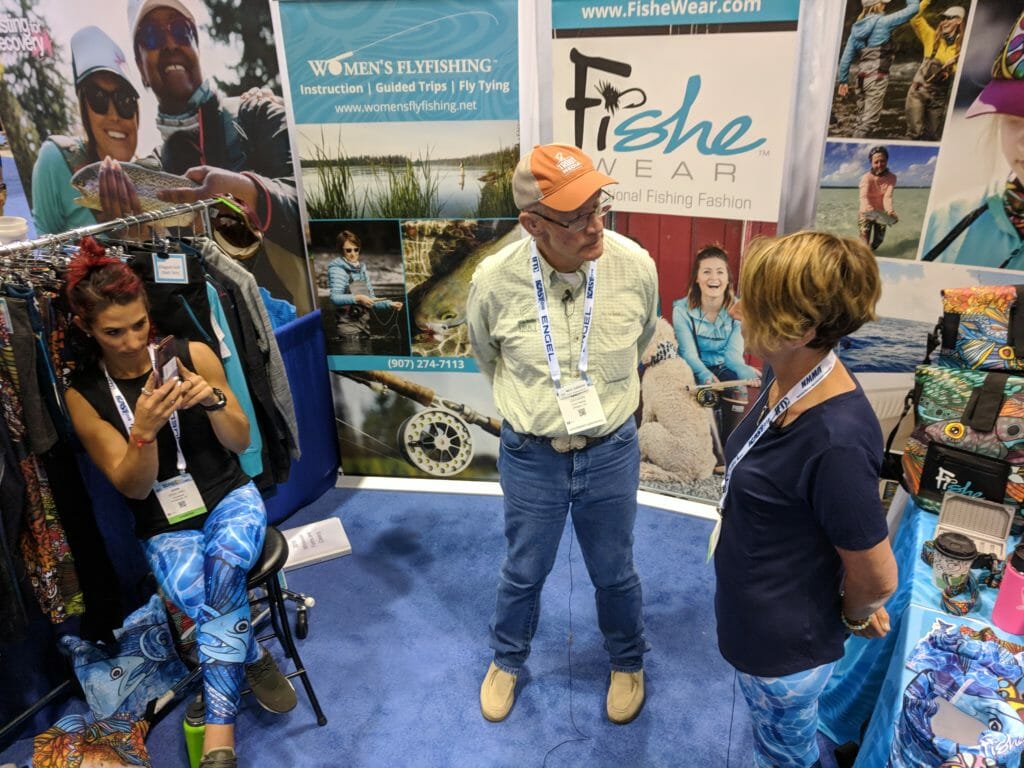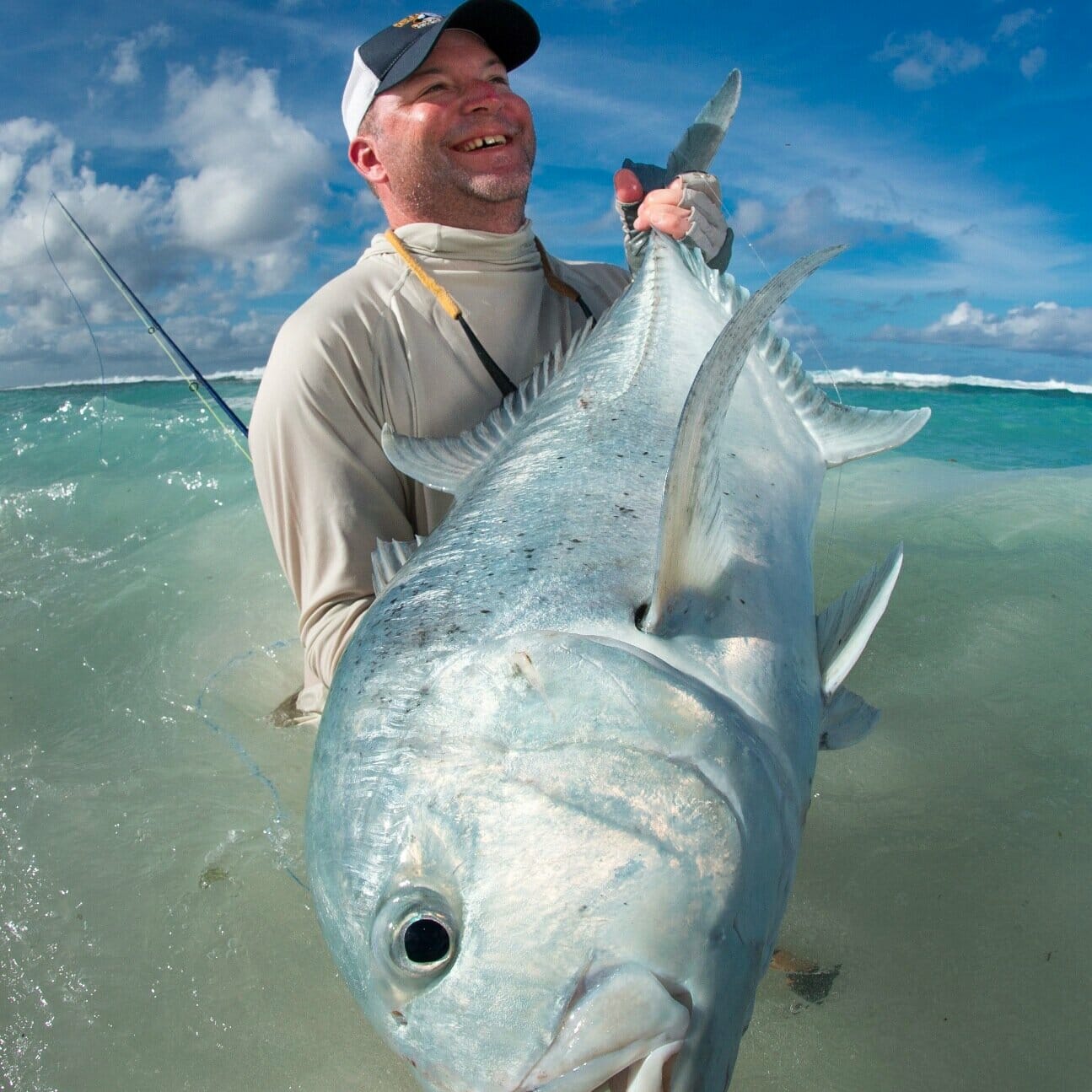As Ben Bulis stepped up to the podium at the annual industry breakfast, the opening event of the International Fly Tackle Dealer show, he looked out at a ballroom full of people.
As the president of the American Fly Fishing Trade Association, Bulis had to grin.
“There are more people in this room today than we had members in 2012,” he said. The declaration drew some enthusiastic applause. The fly fishing industry’s trade association, along with the sport, is on the rise.
As of this year, AFFTA can claim that its membership has topped 1,100. Those members include fly-fishing retailers, manufacturers, non-profits (TU just renewed its membership), outfitters, guides, media and so on. When Bulis took the helm in 2012, AFFTA’s membership was right around 250, and there wasn’t much hope for the future of the association.
“When I came to AFFTA, I really didn’t know what AFFTA was,” Bulis mused during his opening speech to members. On the morning of the organization’s largest-ever IFTD show, it’s clear that a lot of people in the fly-fishing world know what AFFTA is all about today.
A commitment to the industry and to conservation
Over the years (disclaimer: this writer is a former AFFTA board member), the organization has grown significantly, not only to push for its industry members and to grow fly fishing, but connect the notion that good business, especially in the fly-fishing arena, meant a strong connection to conservation.
The organization is huge on business development, hosting annual dealer summits, live Facebook events for members, seminars and, of course, the annual IFTD, which is back in Denver for the first time in several years.
But for everyday anglers who likely don’t dive too deeply into the business of fly fishing, perhaps AFFTA’s greatest accomplishments include its consistent efforts to tie conservation to its everyday work supporting retailers and manufacturers. Several years back, AFFTA created the Fisheries Fund, which has, in turn, helped support conservation efforts all over the country with a single idea in mind. Good business in the fly-fishing industry requires good fish habitat. In other words, habitat, opportunity and economic activity are intrinsically connected.
“This is an industry that shows up,” Bulis told members at the IFTD industry breakfast. He listed off a number of recent AFFTA investments, including the Day for Bristol Bay, where members were encouraged to donate a day’s profits to the effort to stop Pebble Mine. More recently, Bulis noted, AFFTA started the Double Hall for Dorian campaign, which was designed to provide relief for fly-fishing outfitters, guides and support staff in the Bahamas after Hurricane Dorian parked itself over the islands for two days over the summer, devastating much of the northern portion of the country.
And this year’s IFTD show is breaking new ground. Back in Denver in what many are calling a “homecoming” for the show (fly fishing’s roots are in trout angling, and the West is home to some of the best trout fishing in the world), the IFTD is single-use plastic free.
Fly fishing is ascendant
Fishing in general is enjoying an upward growth trend, and fly fishing is no different.
According to Rachel Piacenza of the Recreational Fishing and Boating Foundation, participation in fishing is nearly 50 million people in the United States. That’s a 7 percent uptick in just the last three years.
Perhaps what’s more remarkable is that the growth in the sport can be attributed largely to a growth in female anglers. According to the RBFF, of the 49.4 million Americans who participate in fishing, 17.7 million are women, and more than 12 million are youths.
Of that 49.4 million, nearly 7 million are fly anglers who hit the water about 70 million times a year collectively (just over 10 outings per angler per year). Participation in fly fishing is up more than a million anglers since 2014, according to RBFF data.
RBFF, like many in the fly-fishing industry, is doing its best to attract more women to fishing in general. As the Baby Boomer generation ages and stops fishing (physical limitations, the loss of fishing buddies, etc.), the race replace them is on, and women are being increasingly recruited.

And, if attendance at the industry breakfast is any indication, women are, indeed, seizing a more prominent role in fishing and within the fly-fishing industry.
As Bulis said before breakfast, “This is going to be a great day. This is going to be the best show we’ve ever had.”



